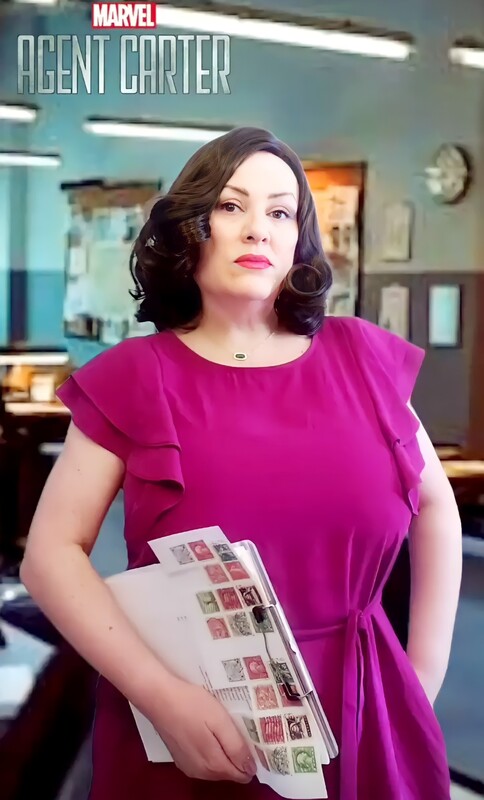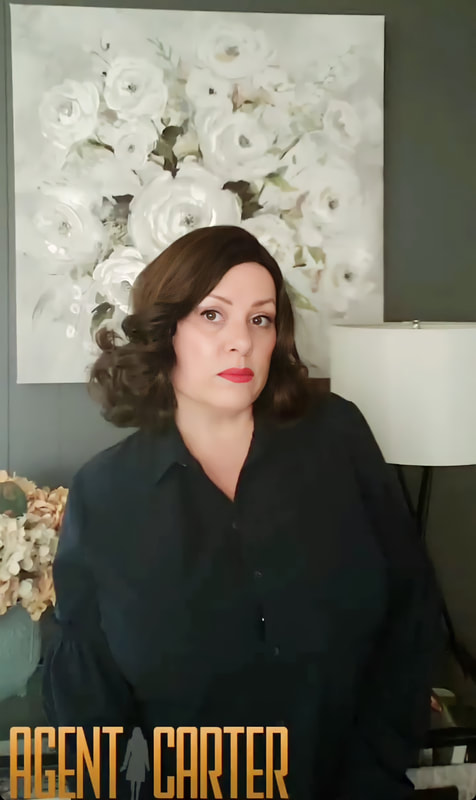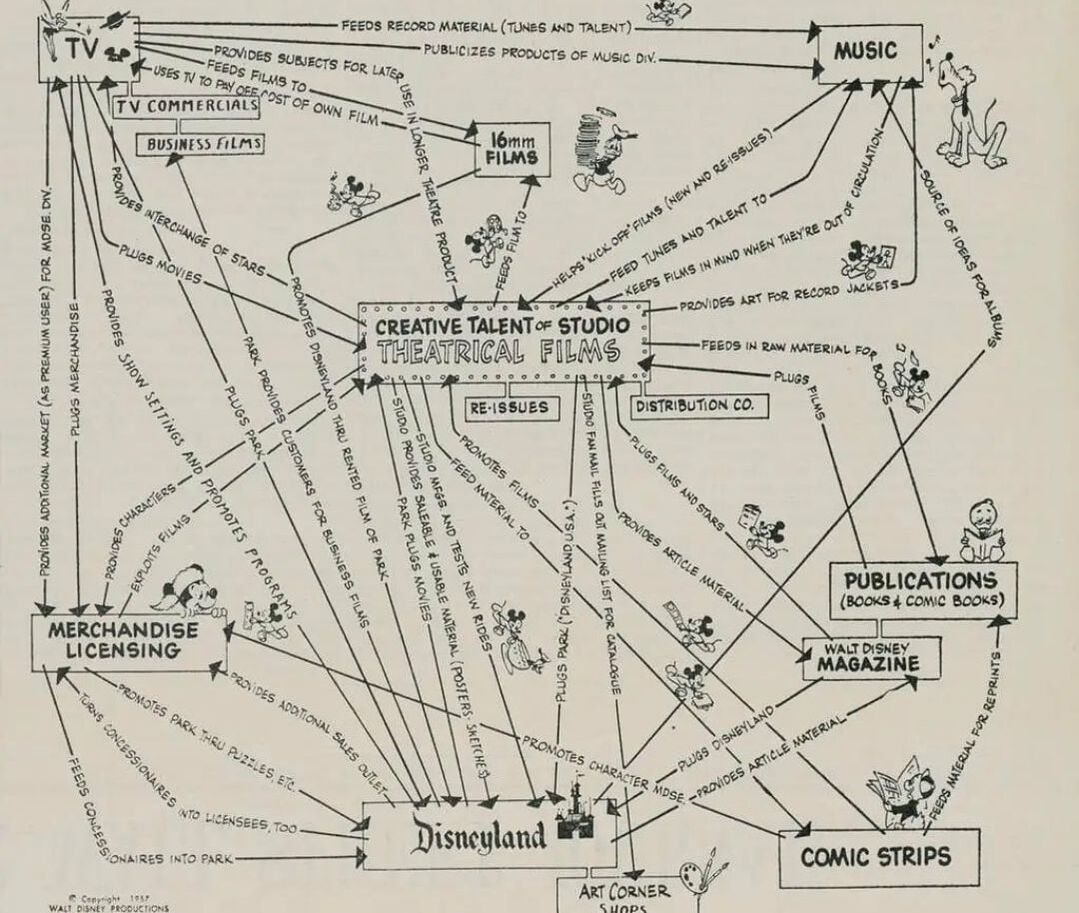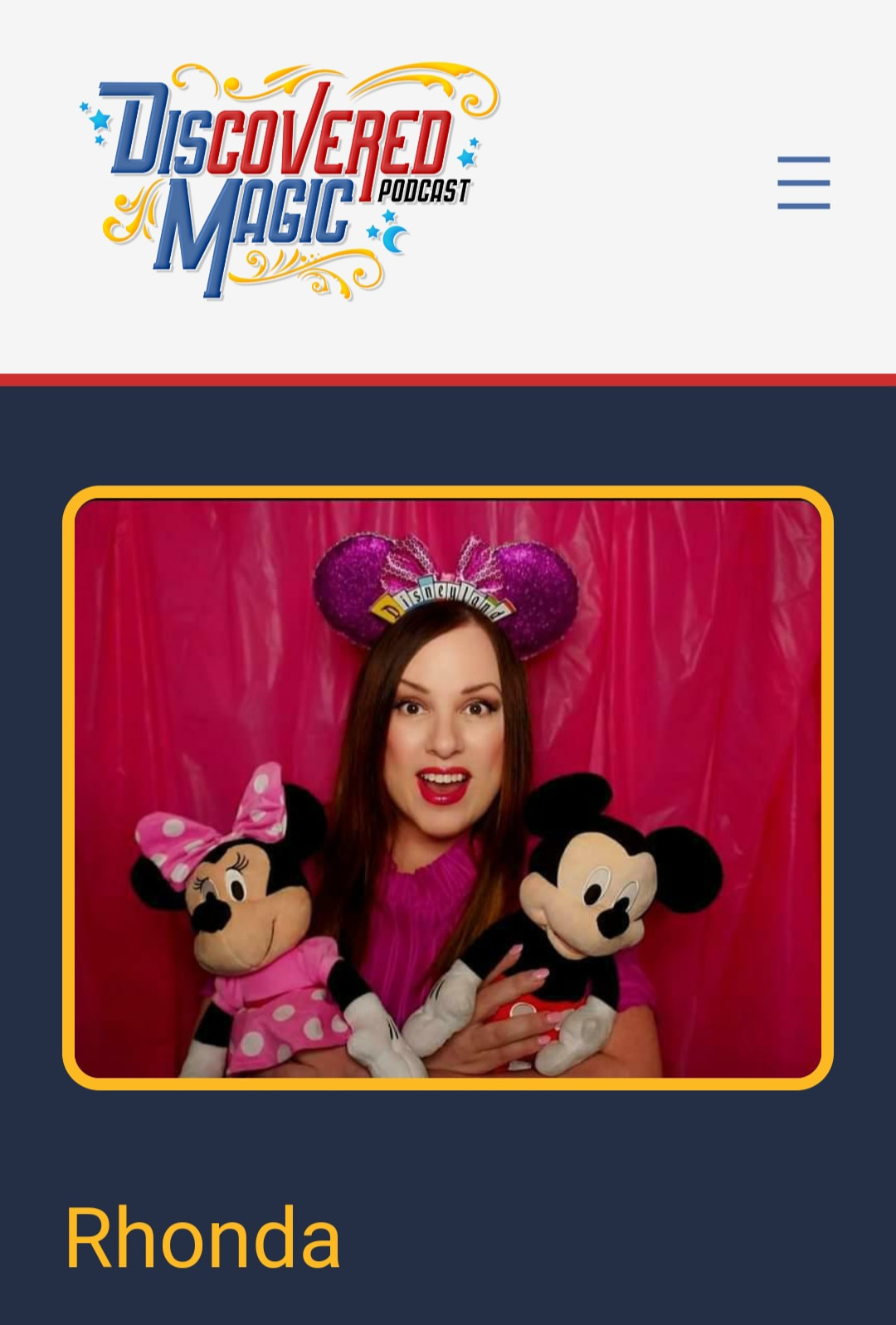|
What a dream! This boutique is so amazing, if only it was there when I was a little girl. I think I would have gotten the Sleeping Beauty Princess Aurora salon package. You can get a FREE pixie dusting from Bibbidi Bobbidi boutique located on the side of the castle. Walk up to the fairy godmother and she will dust you with glittery magic and send special wishes for the day! It's a super cute, fun and free Disney experience to add a little extra magic to your day.
Walt the miniaturist!
WATCH the replay from the Meet the Miniaturist: Museum Edition, live streamed from the Walt Disney Family Museum in the Presidio in San Francisco, California. For decades, Ghost Town’s Main Street was the place to go as Joe’s Saddlery offered them. You could find Joe’s at the entrance to the Pitchur Gallery in 1941, but it quickly moved next to the Post Office where it stayed until Ghost Town Alive’s newspaper moved into the facade for its local announcements. Above both locations was a wooden horse sign promoting its Harnesses. That sign moved more often than Joe’s business but finally disappeared in the late 1960s. There’s still a version of that horse on Main Street, misplaced on the front of the sheriff’s office (which doesn’t offer horse harnesses, so why is it there and not on the Livery barn?), but a new horse sign has popped up on the backstage Ghost Town expansion that was Gingerbread Lane. Find that new horse at Henry’s Livery.
End of Season 2, Peggy leaves New York for Los Angeles. Season two is set in 1947, approximately six months to a year following the events of the first, with the time jump made to show "people are in a little bit different positions, and things have happened between these seasons that we maybe don't know about." Fazekas noted that "the challenge" for the season was to find a way to reunite Carter with Edwin Jarvis since he is "not an agent....that's a really important relationship, how do we keep them together?...The nice thing about Peggy this season is she's not having to hide her agenda from the SSR. Jarvis is helping her out, just in a different way." Elaborating on the SSR's role in the season, Fazekas explained that when Markus and McFeely created the organisation for Captain America: The First Avenger it was inspired by the Office of Strategic Services (OSS), which was "somewhat disbanded after the war, because it was created because of World War II. So now that the war is over, things are changing. And in real history, the OSS sort of became the CIA and some of its other functions went under other departments. There's a little bit of change going on within SSR and so Thompson [is now the New York SSR chief, but he] has a boss [in Vernon Masters] that's going to be saying, "Look, things are changing, and you need to look out for yourself."" The season also sees Daniel Sousa promoted to the chief of the Los Angeles SSR office.
This graphic was included in a 1958 Wall Street Journal article titled “Walt’s Profit Formula” exploring The Walt Disney Company’s business structure just a few years after it had successfully jumped into the theme park business. The business flow chart was produced by the company for internal use in 1957.
The article notes how Disney initially held just a 33% ownership stake in Disneyland. However, that number had doubled to nearly 66% by 1958 after a number of buyouts. ABC held the other 33%. The article goes on to say the company’s revenue from Disneyland exceeded $5 million in the three months starting in July of 1957, the point where it controlled more than half of the park’s ownership. “Park income is generated by admissions, rides, television activities, the sale of advertising space and revenue from concessions.” Disney also made $200 in landing fees from the heliport located at the Disneyland Hotel. According to the article, Disney was also making money by selling some oranges from a grove on its Anaheim land that wasn’t being used for the park yet and by bottling a perfume that was sold at the Art Corner. At the time, around 65 companies were paying for sponsorship or other advertising opportunities in Disneyland. The flow chart describes a number of activities that we’ve come to associate with he relationship between Disney Parks and the Disney Studio. It’s no surprise the studio is leveraged to promote the park, while the park reciprocates and promotes studio films. It’s worth nothing that the chart includes a line stating the studio is responsible for manufacturing and testing new Disneyland rides. In Disneyland’s early years, the majority of Walt’s Imagineers came from the Disney Studio or other Hollywood studios. Over time, WED, the predecessor to Walt Disney Imagineering, would literally and functionally move away from the studio and become a more independent organization. Also Walt's little personal company sold castings of his hand sculpted miniatures. While not technically part of W.D.P., the mail-order address was actually the back gate of the Studio in Burbank! |
Categories
All
Archives
July 2024
|























 RSS Feed
RSS Feed
